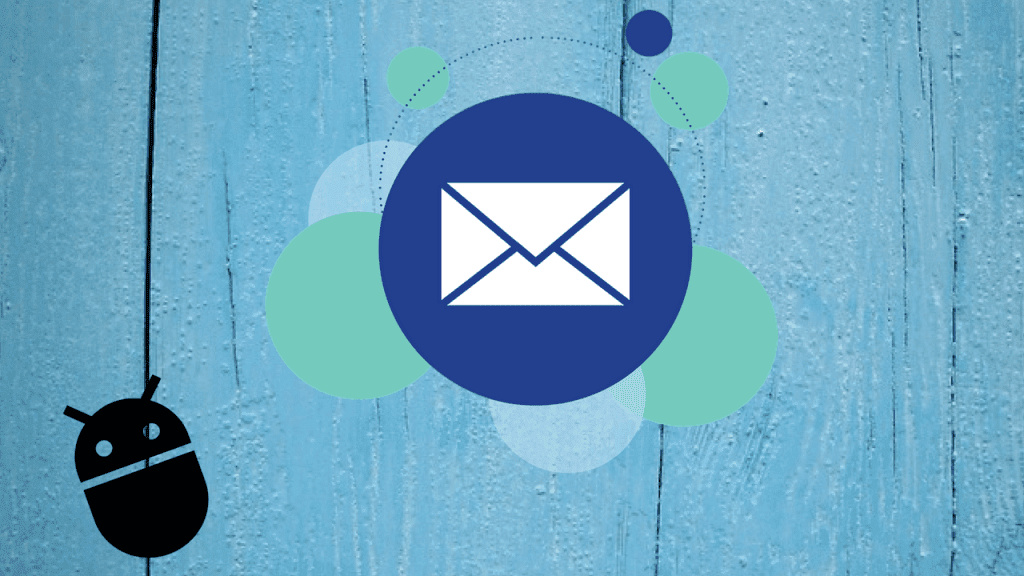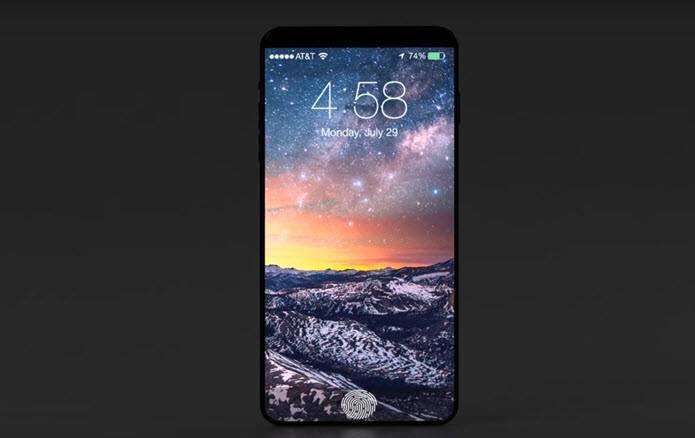My laptop before the MacBook Air was a 17-inch shiny bronze HP computer. To be specific, it was model dv7-1245dx. I paid $699 for it in 2009 and loved it dearly even though looking back, it probably was never that great. I don’t remember it ever being as fast as my MacBook Air. In fact by 2011 it had gotten painfully slow, the optical disc drive stopped working and it would only power on when plugged in. Still, one of the draws for me was that the Dv7 was a line of entertainment laptops. Back then I wanted a nice big display that I could watch movies on. It even came with a little plastic remote that sounded cool but I never used even once. The HP Dv7 was by no means a powerhouse machine or even anything especially innovative, but it did somewhat beat Apple to the punch on one feature. While Apple is bragging about its $1799 MacBook Pro with a Touch Bar, guess what? My 2009 laptop did it first.
The Dv7’s Media Bar
Okay, maybe that’s a profound exaggeration. But it did have a touch-sensitive bar at the top. This was home to the power button, Wi-Fi toggle, volume and mute control, and a shortcut to HP’s QuickPlay media suite. The volume control could sense how I moved my finger in addition to just taps. So I could slide across the media bar to raise the volume. I remember thinking when I switched to my MacBook Air I might miss this. It was extremely convenient to have some of my most commonly used controls available at my fingertips. Of course the playback and volume control keys on the MacBook ended up being more than adequate. Now in fairness, my claim that Apple ripped off HP’s touch-sensitive media bar is mostly just for laughs. The MacBook Pro Touch Bar is clearly on an entirely new level. It’s a full display rather than capacitive buttons and is infinitely customizable and versatile depending on which app you’re using. Plus it’s multi-touch capable and has Touch ID built in.
Touch Bar Still Wins
Apple clearly wins by a landslide. No other laptop has ever included a multifaceted touch bar of this caliber. You could argue that’s because other laptops have focused on full touchscreen displays and convertible two-in-one tablets. Apple makes strong cases against these though. For one, touching and maneuvering a vertical display with your fingers is an awful and at times painful experience. Plus, software designed for the precision of a pointer click is less than ideal for touch input and vice versa. All of that said, I can’t help but wonder if perhaps Apple drew inspiration from the likes of HP back in the day. There is a clear resemblance between the two touch bars. Both at their most fundamental levels have similar intentions. The comparison almost reminds me of one between the Apple Newton and iPad. Maybe a mediocre touch sensitive media bar on a sub-par HP laptop was enough to spark some creative minds. Technology is constantly in a state of evolution and nothing is inherently exempt from contribution. The above article may contain affiliate links which help support Guiding Tech. However, it does not affect our editorial integrity. The content remains unbiased and authentic.








